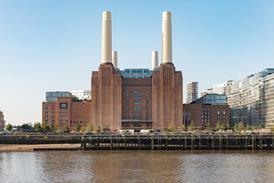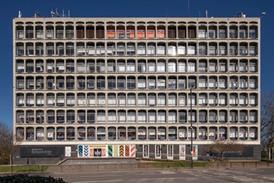Architects and others urged to take accountability for carbon created by their designs
The UK Green Building Council (UKGBC) has launched new guidance for embodied carbon measuring and reporting.
Scope 3 emissions, which result from activities not controlled by the reporting firm, can represent as much as 80% to 95% of a built environment organisation’s total value chain footprint, according to the group.

To encourage more consistent measurement, UKGBC has set out a roadmap towards a singular methodology.
The guidance includes how developers, owners, contractors, investors, lenders and facilities can use embodied carbon assessments to report Scope 3 emissions across an asset’s lifetime.
It also includes guidance on how architects, engineers and other professional services should adopt a project-based emissions disclosure for embodied carbon, to ensure they are taking accountability for emissions that occur as a result of their designs.
Yetunde Abdul, head of climate action at UKGBC, said: “As the need for holistic, comprehensive and accurate embodied carbon reporting continues to rise, it is essential not to underestimate the importance of Scope 3 emissions.
“Given that a substantial portion of Scope 3 emissions originates from the embodied carbon of construction projects, achieving alignment and consistency is critical.
“This guidance aims to enhance understanding by bridging the gap between existing best practices and providing strategies for optimising reporting clarity and transparency.”
UKGBC also called on the government to incorporate mandatory measurement and reporting of whole life carbon for projects with internal areas of more than 1,000sq m or more than 10 dwellings.
















No comments yet